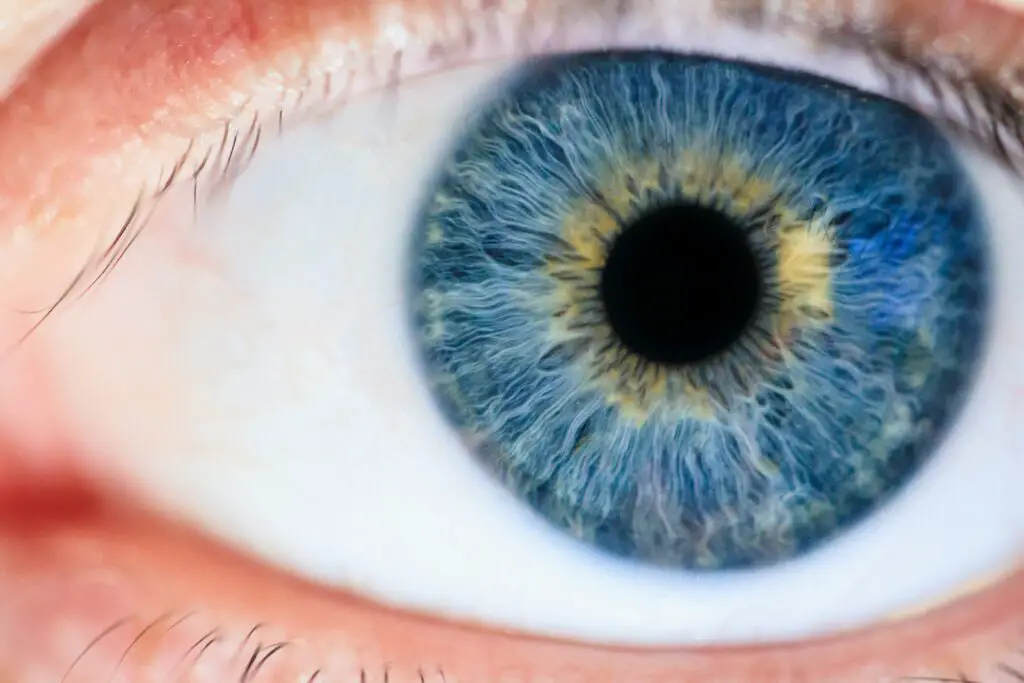


One of the most important unmet medical needs is an effective treatment for disorders that cause a retinal malfunction in children and cause blindness. Numerous techniques have been developed during the past 20 years, including gene replacement therapy, methods for gene editing, optogenetics, retinal electrical implants, retinal cell replacements created from induced pluripotent stem cells (iPSCs), and pharmaceuticals. These methods can, to varying degrees, help patients regain their ability to perceive light at the retinal level and improve their visual perception.
However, the extent to which central visual circuits can recover when retinal impairments are treated in adulthood remains unknown despite the recent development of numerous cellular and molecular techniques to restore vision in retinal illnesses. Researchers from the Irvine School of Biological Sciences, the University of California, and the School of Medicine used a mouse model of Leber congenital amaurosis (LCA) in which the adult administration of 9-cis-retinyl acetate partially restored retinal light sensitivity and optomotor responses to answer this question.
The authors discovered that the adult brain could partially recover from inherited blindness, opening up a new perspective on the brain’s capabilities. We will review the study’s key conclusions and the methodology used to arrive at this astonishing discovery in this piece.
As demonstrated on fMRI scans, improvements in the visual field area and visual cortex activation have been reported in studies of synthetic retinoid therapy in individuals with RPE65 or LRAT mutations. Electroretinogram (ERG) recordings restored a normal shape and response threshold after therapy in a different trial utilizing intravitreally-given synthetic retinoids to treat RPE65-mutant dogs. However, the durability of this effect was just ten weeks.
The therapy similarly enhanced the test of vision-dependent behavior performed in low light levels. Additionally, behavioral and visual field area improvements and increases in visual cortical fMRI signals in treated individuals and dogs have been seen in clinical studies of gene therapy for recessive RPE65-associated retinopathies. Measures of visual brain activity offer a measurable technique to evaluate the success of ongoing therapy.
The extent to which adult visual circuits can be restored to a completely functional state at the level of the visual cortex upon treatment of the retinal impairment is still unknown, despite recent advancements.
The UCI team sought to close this gap and determine whether the medication could benefit people with the illness. The group looked into therapy options for LCA or Leber congenital amaurosis. The phrase describes a class of inherited retinal illnesses defined by significant birth vision impairment. The disorder leads to degeneration or dysfunction in the retina’s photoreceptors and is caused by mutations in more than two dozen genes.
To ascertain the degree of recovery of the central visual circuit following the acute rescue of retinal light sensitivity, the researchers used the lecithin: retinol acyltransferase knockout (Lrat−/−) mouse, a well-established model of a disease that causes childhood blindness.
Working with mouse models of LCA, the scientists were surprised to see that adult central visual pathway signaling, particularly the circuits that deal with information from both eyes, had been largely restored.
Following the therapy, the main route in the mouse’s opposite-side eye, which sends messages to the brain, was engaged by two times as many neurons. What was even more astounding was that the treatment had a long-lasting, five-fold increase in the brain’s neurons triggered by signals from the same-side ocular pathway.
Despite the gains we observed at the retinal level, the restoration of visual function at the brain level was far larger than anticipated. According to the researchers, the fact that this treatment is so effective in the adult central visual pathway supports the idea that there is untapped potential for the vision that is just waiting to be activated.
These findings highlight the therapeutic potential of administering retinoids to adults with retinal disorders and highlight the substantial flexibility of the adult central visual system. The discovery, according to the researchers, creates fascinating research opportunities. The new paradigm may help develop retinoid therapy to restore the central visual pathway in people with this condition more fully.
Huh, C. Y. L., Leinonen, H., Nakayama, T., Tomasello, J. R., Zhang, J., Zeitoun, J., Peach, J. P., Halabi, M., Kiser, J. Z., Palczewski, K., Kiser, P. D., & Gandhi, S. P. (2022). Retinoid therapy restores eye-specific cortical responses in adult mice with retinal degeneration. Current Biology, 32(20). https://doi.org/10.1016/j.cub.2022.09.005